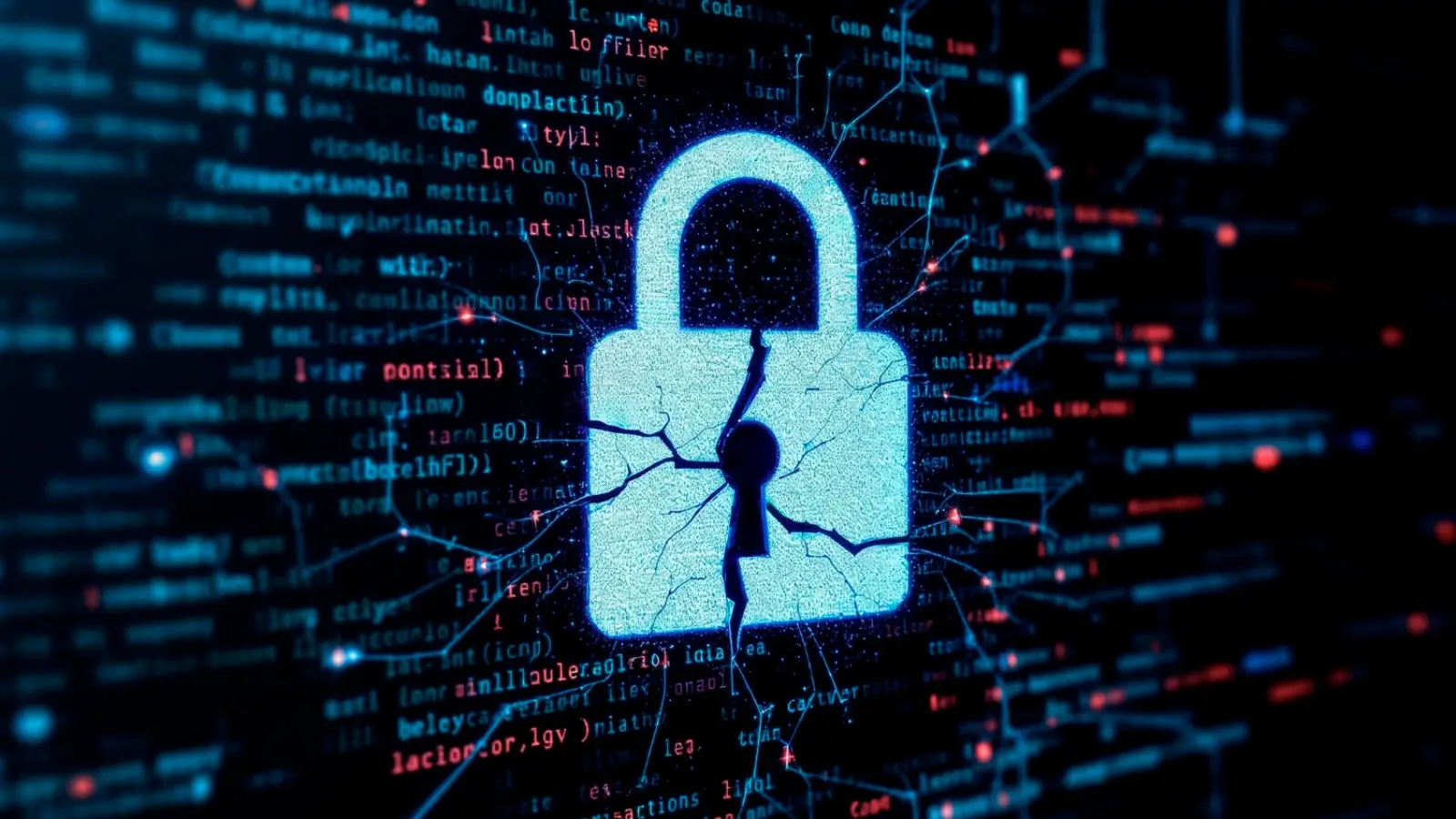


Your business faces many threats in today's digital environment, but one of the most daunting is ransomware. This malicious software can lock you out of your important files, making it impossible to operate. Small businesses that experience a cyber attack go out of business within six months.
Understanding and implementing effective cybersecurity measures is crucial to protecting your business from these attacks.
Ransomware is a type of malicious software that encrypts data on your computer. Cybercriminals then demand a ransom, usually in cryptocurrency, to unlock your files.
Often, victims feel they have no choice but to pay the ransom, but this does not guarantee recovery of their files. Ransomware attacks can happen to large or small businesses. Therefore, grasping the fundamentals of how to protect your business is vital.
The repercussions of a ransomware attack extend beyond immediate financial loss. Ransomware damages will exceed globally. Beyond the ransom, businesses may face costs related to system restoration, lost productivity, and potential legal liabilities.
Moreover, a successful ransomware attack can damage your reputation. Customers trust businesses to keep their data safe. An attack can erode that trust, potentially leading to lost clients. Therefore, investing in cybersecurity measures is not just a technical necessity; it is also a strategy for business longevity.
There are several effective cybersecurity measures businesses can adopt to protect against ransomware. Some of this includes:
Backing up your data is one of the most effective defenses against ransomware. By regularly backing up all critical data on a separate system, you can recover your files, even if you fall victim to an attack. Ensure your backups are stored offline or in a secure cloud environment. Regularly test your backups to verify their reliability.
Your employees are your first line of defense. Provide regular training on identifying suspicious emails and avoiding phishing scams, which are often avenues for ransomware attacks. Encourage a culture of cybersecurity awareness, where employees feel comfortable reporting potential threats.
Password security is essential. Implement strong password policies that require employees to create unique and complex passwords. Consider using two-factor authentication (2FA) for an added layer of security. This way, even if a password is compromised, unauthorized users will find it more challenging to access sensitive data.
Investing in reliable security software can protect your business from malware, including ransomware. Use advanced security solutions that offer real-time threat detection and automatic updates. Regularly update your operating systems and applications to patch vulnerabilities that cybercriminals may exploit.
Consider implementing network segmentation to limit the spread of ransomware. By dividing your network into segments, you can contain an attack to a specific area, making it easier to manage without affecting the entire system. This tactic can be especially useful in larger organizations.
Even with the best cybersecurity measures, there's always a risk of a ransomware attack. If it occurs, a prompt and effective response can mitigate the damage. Follow these essential steps:
Quickly isolate any affected systems from the network to stop the ransomware from spreading further. This may involve powering down devices or disconnecting them from Wi-Fi or Ethernet connections. Acting swiftly is crucial when responding to a ransomware incident.
Next, determine the extent of the attack and which files or systems are compromised. This information is crucial for preparing your response and recovery strategy.
Notify law enforcement agencies about the attack. They may provide guidance on the next steps and can assist in the investigation. Reporting the incident can also help put pressure on cybercriminals if they are operating in a specific area.
Take immediate action to restore your data. If you have followed the first measure of regularly backing up your files, recovery should be quicker and easier. Always have a detailed recovery plan in place, outlining every step from the first response to recovery and analysis.
Engage your internal IT team or hire cybersecurity experts to assist in containment and remediation. Professionals can identify the ransomware variant, find possible decryption tools, and ensure that the attack is fully eradicated. They can also close any security gaps that led to the breach.
Authorities and cybersecurity experts generally advise against paying the ransom. Payment does not guarantee that your data will be decrypted and may encourage further attacks. Instead, explore alternative solutions such as decryptor tools (often available for free via cybersecurity organizations like No More Ransom) or professional recovery services.
Once systems are restored, conduct a full forensic analysis to determine how the ransomware infiltrated your network. Use these insights to improve your defenses-patch vulnerabilities, enhance endpoint protection, update firewalls, and improve employee training on phishing and other attack vectors.
The capability to recover from a ransomware attack is an essential part of your overall cybersecurity strategy. Ransomware Recovery encompasses planning for backup, testing recovery efficiency, and ensuring that your team knows each recovery step should an attack occur.
When employees understand their role in a recovery plan, businesses minimize downtime and get back to normal quickly.
Understanding the legal responsibilities in the event of a ransomware attack is vital. Many regions have data protection laws that require businesses to inform clients if their data has been compromised. Consulting with legal experts can help ensure compliance with these regulations.
Moreover, consider the ethics of paying a ransom. While it may seem like a quick fix, paying does not guarantee that criminals will restore your data. Establish a firm policy before an incident occurs to navigate this challenging situation more effectively.
Fostering a culture of cybersecurity awareness is an ongoing endeavor. Regular training sessions, updates on emerging threats, and encouraging communication about potential threats can empower your team.
The more aware they are, the better equipped they will be to help protect your business from ransomware and other cyber threats.
By recognizing the risks posed by ransomware and implementing robust cybersecurity measures, your business can significantly increase its resilience. Regular backups, employee training, and strong security policies create a competent defense against attacks. Take charge of your cybersecurity today-your business's reputation and survival depend on it.
If you'd like to learn more about what we have to offer, then feel free to visit our website and read more.